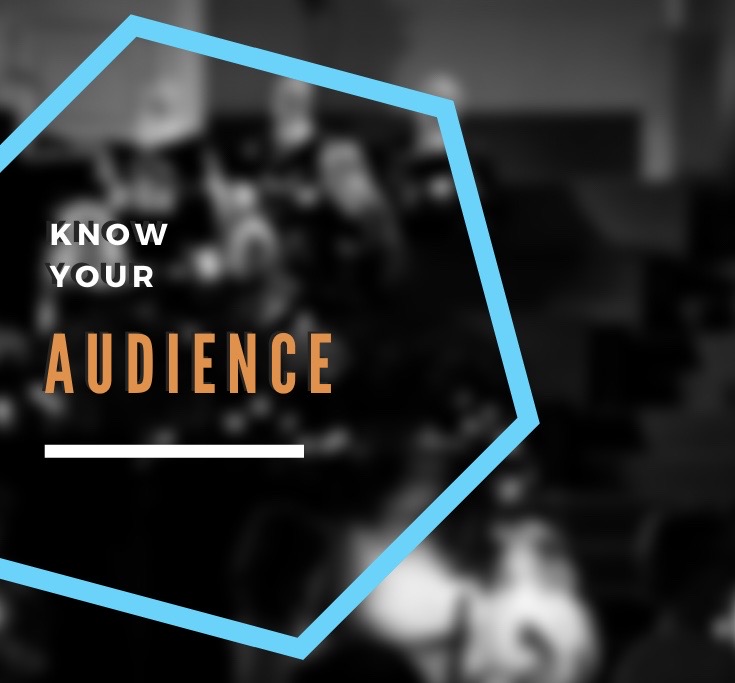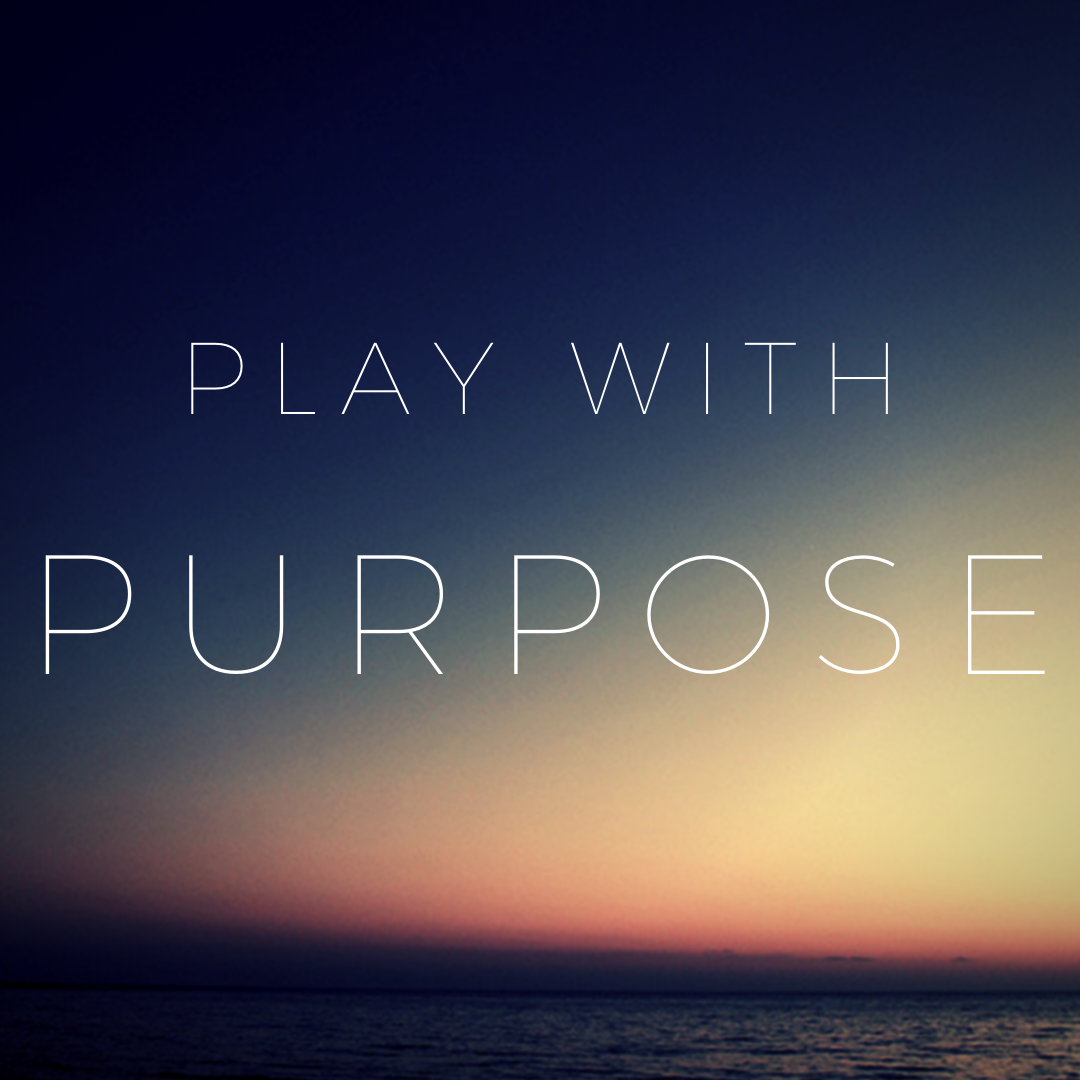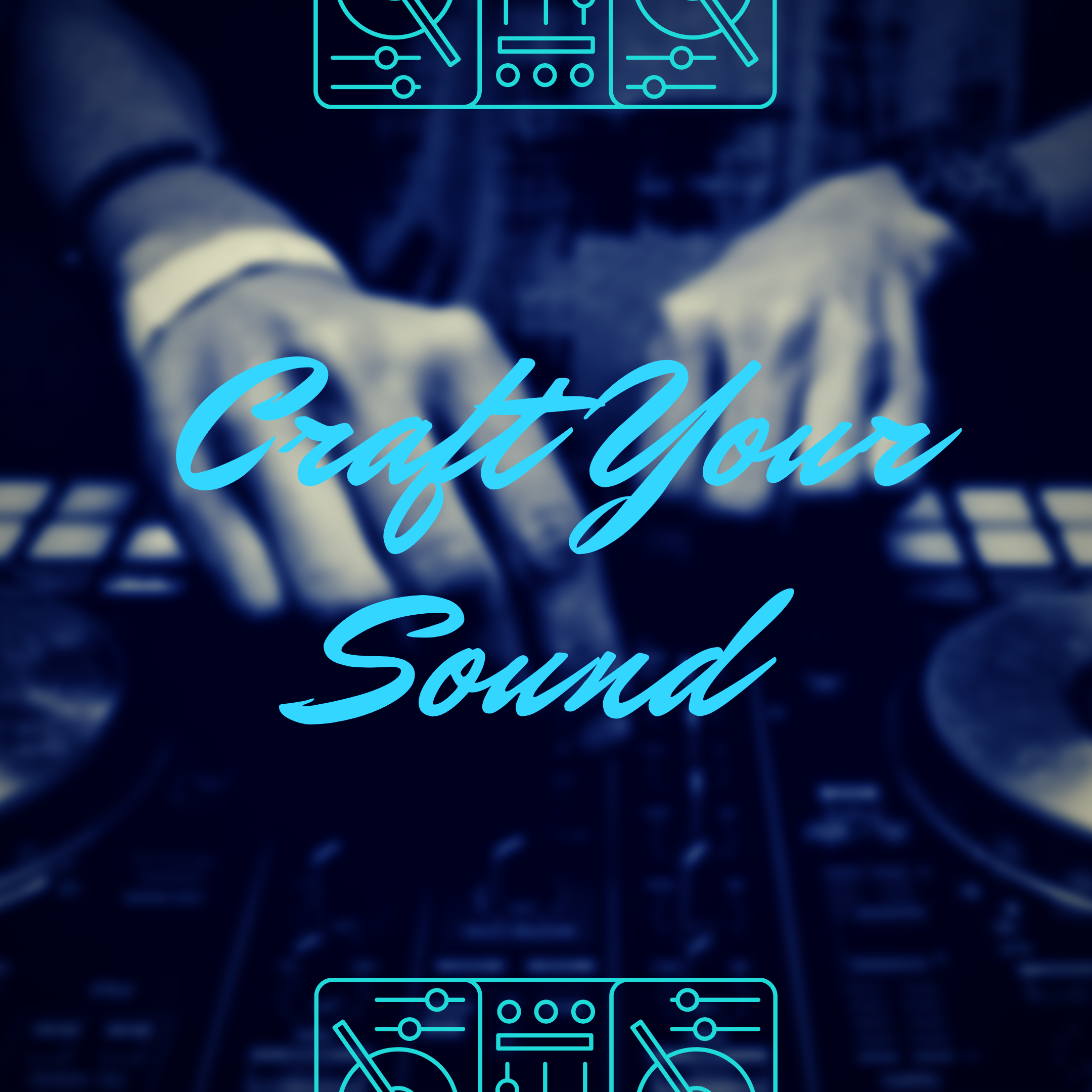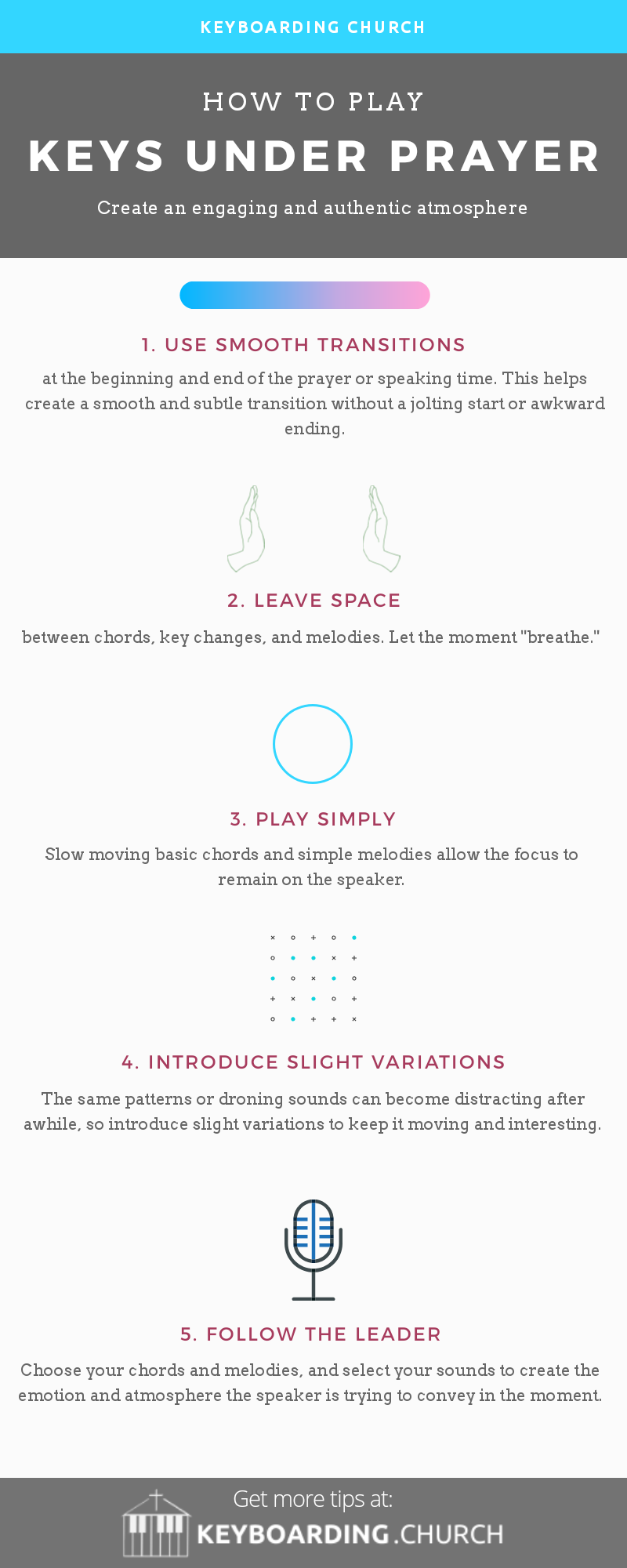How to Play Under Prayer
Techniques and tips to help provide prayer and background music
Playing in the background while someone is speaking or praying is an essential skill every keyboard player must know to play in a live setting. It is definitely something you want to think about and practice ahead of time before you are surprised by it in the moment. Use this post as a guide to learn to play during prayer or improve this skill.
If you were classically trained or didn’t grow up in the church and haven’t been involved in theater you might now find yourself thinking:
“Wait, this is a skill I have to learn and practice!? But I just learn sheet music and play it.”
Trust me I have been there. Playing without music or direction and having the freedom to be creative and expressive can feel overwhelming and nerve-wrecking your first time. Know that it does get better over time and might even become something you enjoy doing! I personally find it to be an intimate time of worship and prayer now. Not only that, it is a great way to connect with the speaker and help engage the audience.

Know Your Audience
The first step is to know your congregation or audience. Who and what you are playing for will determine everything you do from instrument and sound selection to style of playing to chord structure.
For example, maybe you are in theater and have to set the stage for a sad scene so you will focus on darker tones and minor or diminished chords. Or perhaps you are in a lively gospel service and the preacher is heading towards a praise break, so you are going to be on the organ building intensity and rhythm while setting up the band. It could even be a youth event with high energy so you’re using a synth patch just waiting to re-engage the filters and LFOs to kick it back into a sugar-fueled jumping fest.
To create a moment you have to understand who you are communicating with and how to communicate the desired emotion to them.
Know the Speaker and Venue
Not only should you know your audience, but you should also know the venue and speaker. It seems every church has its own local culture and way of doing things. It is generally best to adapt to that and blend in so you can communicate with your music more effectively.
Speakers and pastors all have different personalities and expectations as well. An unexpected sound or melody could prove to be an unwanted distraction that disrupts the flow and atmosphere.
If you are the one speaking or praying then it is even more important to know yourself! Can you talk while playing? Can you match your playing to your words and tone?
Hopefully you now understand why this is an important skill and something to take seriously. An entire service or event could literally be in your hands!
For the purposes of this post though we will coming from the perspective of a time of prayer where things are calm, reflective, and the speaker or pastor is praying earnestly. This is a situation almost every church or even event venue can relate to at some point.

Understand Your Purpose
In this circumstance it is vital that you know what purpose your playing serves. You are creating an atmosphere inviting the listener to hear, think, reflect, and respond. What you choose to play should reflect that.
Yes, your playing acts as white noise helping to drown out the other distracting sounds in the space. You don’t want to stand out or be noticed. This is a time to blend in with the room. But, you are so much more than this too.
You are engaging the congregation. You are connecting with the speaker. You are connecting the speaker with the audience. And most importantly, you are worshipping and praying yourself going before the church and leading the charge.
See an Example
Sometimes the best teacher is learning by example. So before getting into the technical details let’s take a look at an example of a way to play under prayer. This site is all about community, supporting each other, and equipping each other so allow me to introduce you to Noah Wonder Music.
This video is a demonstration of sounds Noah Wonder has created for the Nord Stage 3. In this example he shows how to use these sounds and he incorporates some of the techniques I recommend below.
Listen to the sound choice, drone pad, the blend, chord choices and voicings, the tempo and rate of change, and the limited melodic movement.
Sound Choice
This brings us to the first important step and that is choosing the proper sound. While anything can be used depending on the situation I recommend starting with a blend of one or more of:
- Piano
- electric piano
- Pads
For more info on these sounds refer back to this guide.
Blend Your Sounds
Using multiple sounds and blending them adds layers, complexity, color, and character. It also provides subtle options to move with the speaker and the emotion they are conveying. This is crafting a sound to match the moment versus using chords and melodies.
Most keyboards come with sliders/faders and volume controls. Use these to create a good blend. For additional flavor and a more fluid environment you can change the blend and provide a moving and morphing sound.
💡 Pro tip: Send each sound out its own output or channel so the sound tech can EQ each sound and help provide a pleasing balance to the listener!

Contain Your Sounds
Not only should you blend your sounds, but I also advise to assign your sounds to specific regions on your keyboard to contain them. Piano can generally consume the entire keyboard, but other sounds typically don’t resonate well in the full range. If you don’t believe me just try holding a high pitch pad at full volume while trying to listen to someone.
Every board and virtual instrument is different so you will need to figure out how to do this on yours. Options include:
- Using keys or physical pads as triggers for drone pads
- Splitting the board (i.e. pads in lower registers and piano higher)
- Layering and splitting across the board in different regions
- Using multiple keyboards and controllers for different sounds
Generally pads sound better in the mid to low range as do strings and electric piano. I typically use pads in the mid to low range with piano in the mid to upper end. Sometimes I will overlap more or break this rule altogether in certain situations, but I’d only experiment with that once you know how the timbres react and perform.
Playing Style and Technique
Everyone has their own unique style and there is no need to adhere to a specific set of guidelines or formula, but knowing some basics can serve as a launching point. Start simple and build as you get more comfortable and gain confidence. Here is my list of playing tips:
- Fade in and out at the beginning and end of the prayer or speaking time. This helps create a smooth and subtle transition without a jolting start or awkward ending. Sometimes the audio engineer will do this for you.
- Leave space or breathing room between chord changes.
- Use basic melodies. A lot of notes and discernible melodies can be distracting.
- Use simple chord progressions. Avoid complex and quick-moving chord changes. You need to be ready to follow, end, or move into a song. If you are in the middle of a long and complex progression you will be unable to easily shift.
- Introduce slight variations to your chords and melodies
- Follow the leader as they talk. Incorporate various techniques such as narrowing or expanding chords, changing tempo, changing melody and complexity, or changing voicings to match what is being spoken and the emotion being conveyed.
- Be attentive to bandmates if anyone is playing with you. Be mindful of other chords or melodies being played. Try to align and blend with them.
KEEP IT SIMPLE

The “Avoid” List
- Avoid rhythm which can also be distracting instead using the chords and timbres to provide emotion.
- Avoid solo and lead lines as these tend to be much more attention-grabbing and will pull from the leader.
- Avoid “sitting” on the pad. Too much rhythm and melody can be distracting, but so can too little. A single note or chord droning for 10+ minutes with no change or other sound over it can start to wear on the listener. If you aren’t comfortable shifting chords use the sliders as mentioned or try applying some simple motion effects.
Preparation ahead of time leads to freedom in the moment.
What to Play
If you are just starting out with playing behind prayer then keep it simple and comfortable. Do what you know. Playing fewer notes you know sound good is better than playing more notes that disrupt the mood.
One suggestion I have that I occasionally use is to play the chords from the previous or the next song. That being said try to use this as a structure or guide introducing slight changes as you can. I recommend practicing ahead of time if you can, so you can try supplementing chords and making changes.
As you advance find a chord pattern that works for you. Starting with the I and IV chords is simple and works in almost every situation. It allows you to fall right back to the I chord at any time to end. There is no awkwardness or mistakes. You can rest easy.
Then venture a little further. You can move to ii and V chords for a little more variation and strength. iii and vi can be use for a little short minor tone as passing chords.
If you stay in key you can sprinkle in a little motion on top of the chords with simple melodies. Then try expanding your chords to more complex voicings for variation and emotion as the environment permits. Speaking of the key it’s generally preferred to stay in a major key as that is a lighter happier sound than minor keys.
“But we will devote ourselves to prayer and to the ministry of the word."
- Acts 6:4 ESV
At the end of the day this is all just the fine detail behind the scenes. The real reason for playing is to devote ourselves to worship and be present in the moment supporting the ministry of the word through music. Everything in this post is optional and just a helpful nudge to get started. Do what fits your style and your church.
To answer the question at the top of this post, yes playing in the background is a skill. It takes practice to learn how to best create an inviting and appropriate atmosphere. Preparation ahead of time leads to freedom in the moment.